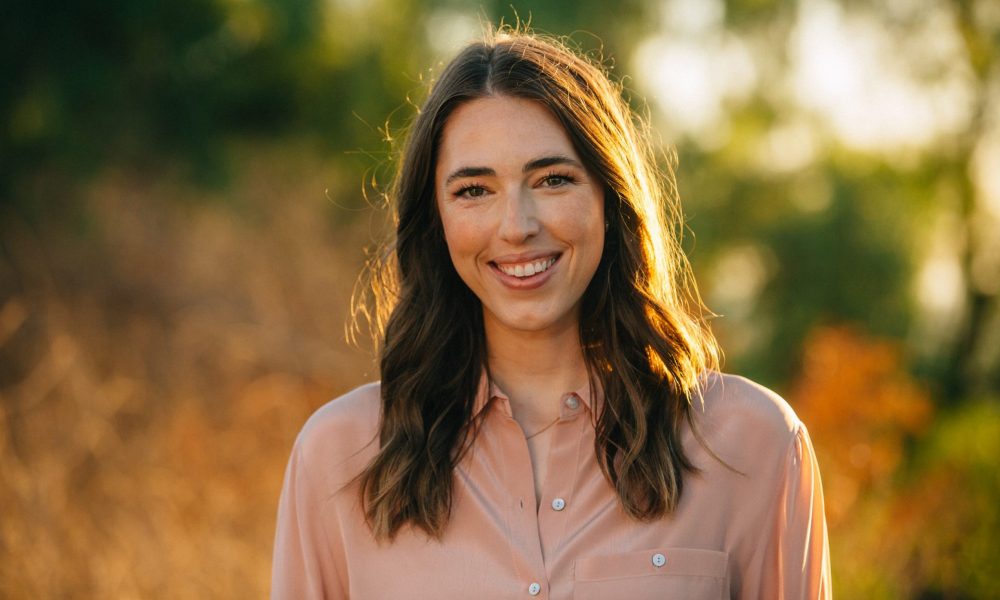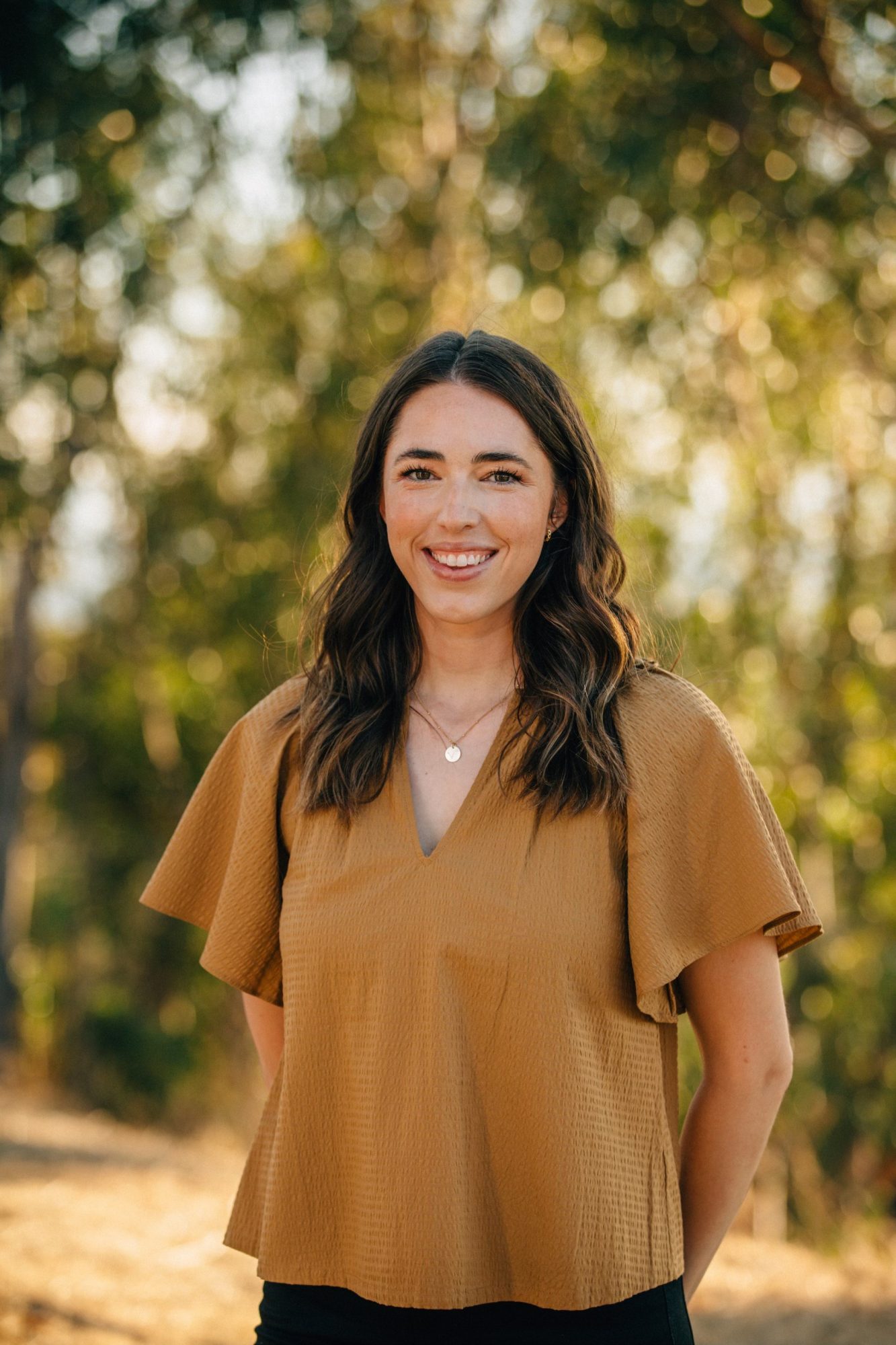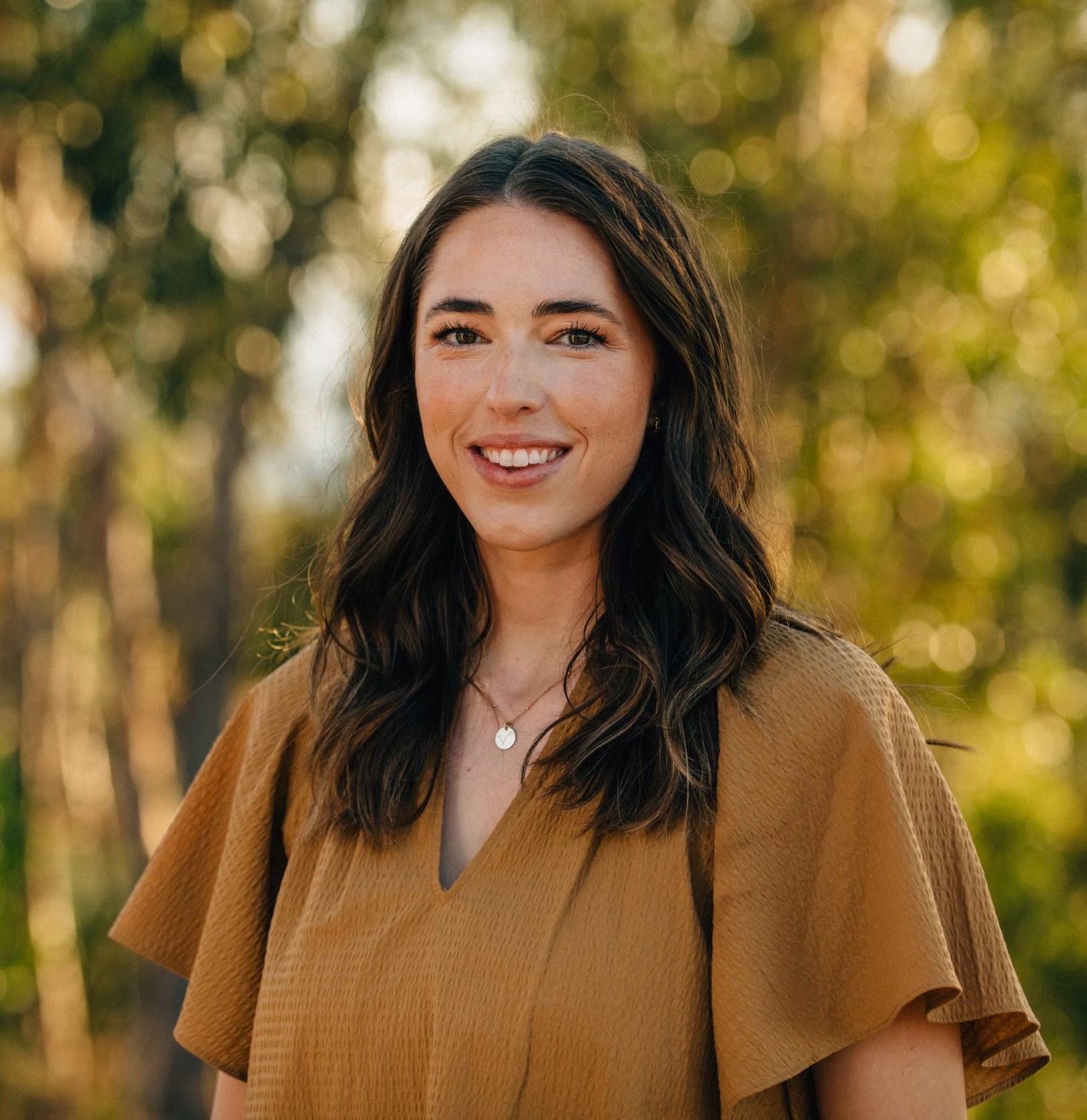

Today we’d like to introduce you to Kelsey Blazak.
Hi Kelsey, it’s an honor to have you on the platform. Thanks for taking the time to share your story with us – to start maybe you can share some of your backstory with our readers?
Well, I have always been creative and curious, as well as a deeply empathetic person. My interest in psychology started to emerge as a teenager, but it never dawned on me that it was something I could pursue. Where and when I grew up, therapy wasn’t openly talked about or considered.
After pushing those interests aside to study fashion in college, and then working for ten years in various corporate design positions, I couldn’t deny the nagging feeling that I was meant to take a different path in my life. And it wasn’t until I finally began working with a therapist myself that I put all of the pieces together. It dawned on me how much I loved the therapeutic process. Perhaps the biggest surprise was how creative therapy could feel. It invited me to use my creative mind in completely new ways.
It was a huge leap of faith, but I decided to leave my job in the fashion industry to attend graduate school and ultimately earn a Master’s Degree in Counseling Psychology.
Currently, I am a Registered Associate Marriage and Family Therapist employed at California Integrative Therapy in Pasadena. I also work with young children at Early Childhood Development Associates in the Fairfax area. I’ve loved these experiences and feel incredibly grateful that I’ve found this path, which has brought such depth, connection, and joy to my life.
We all face challenges, but looking back would you describe it as a relatively smooth road?
Completing graduate school and training as a therapist throughout the pandemic presented a unique set of obstacles. The onset of the pandemic meant that my colleagues and I quickly transitioned to online learning, worked with clients for the first time via telehealth, and navigated the uncertainty of the world alongside our clients.
Entering the mental health field and becoming an AMFT has been rewarding, tiresome, meaningful, and emotional (in both beautiful and difficult ways). It asks that clinicians commit to their own ongoing personal therapeutic and emotional work. Therapists need to walk the walk in order to effectively help their clients do the same. To me, this is one of the most challenging parts of being a therapist—it keeps you in touch with your own patterns, beliefs, and emotional sore spots. It keeps you honest with yourself. Ultimately, I think this path has made me more resilient, adaptable, and compassionate as a person and as a therapist. I really feel that despite the obstacles, I’m where I’m meant to be.
As you know, we’re big fans of you and your work. For our readers who might not be as familiar what can you tell them about what you do?
In the therapy room, I work with adults and teens dealing with anxiety, depression, relationship issues, life transitions, and/or complex trauma. More specifically, I specialize in helping highly sensitive people (HSP) and creative types to process their past, connect more deeply to themselves, and gain confidence, self-trust, and a sense of empowerment.
My background is rooted in Jungian and Depth Psychology, so naturally I love helping clients explore beyond surface level; together, we begin to pull back the curtain on unconscious patterns, stories, and facets of themselves that inform who they are. It’s a wonderful thing to see a client gain clarity and newfound compassion for themselves through this work.
I love that therapy can be creative, abstract, and heart-centered; there’s room for play, artistic expression, discussing a recent dream, or using a metaphor to explore a topic. But there’s also space for practicality and goal-setting. Both can coexist. And some sessions call for one approach over the other. I consider myself someone who is empathetic, intuitive, creative, practical, and grounded. My style is a mix of both approaches and is a reflection of who I am and how I think about the world.
In terms of your work and the industry, what are some of the changes you are expecting to see over the next five to ten years?
The mental health field is always evolving and expanding as new research and modalities emerge, which I find very exciting. I see the field opening up to new ways of viewing and approaching therapy. I think therapists are beginning to blend modalities and specialties in ways that feel most authentic to them. On the whole, it appears that therapists are more empowered to bring a fresh approach to the therapy room as some outdated therapy customs begin to fall away.
As the topic of mental health becomes more commonplace in the news, on social media, and in conversation with others, it seems more people are seeking support, which is so great to see.
While it’s unknown where these shifts will take us in the coming years, my hope is that the therapy field becomes even more accessible, diversified, and less stigmatized so that many, many more people can benefit from the support, care, and treatment we all deserve. This will require both a cultural shift and a systemic one, but I am hopeful that this is where we are headed.
Contact Info:
- Website: https://www.kelseyblazaktherapy.com

 Image Credits
Image Credits
Danny Corey (headshot photos)














